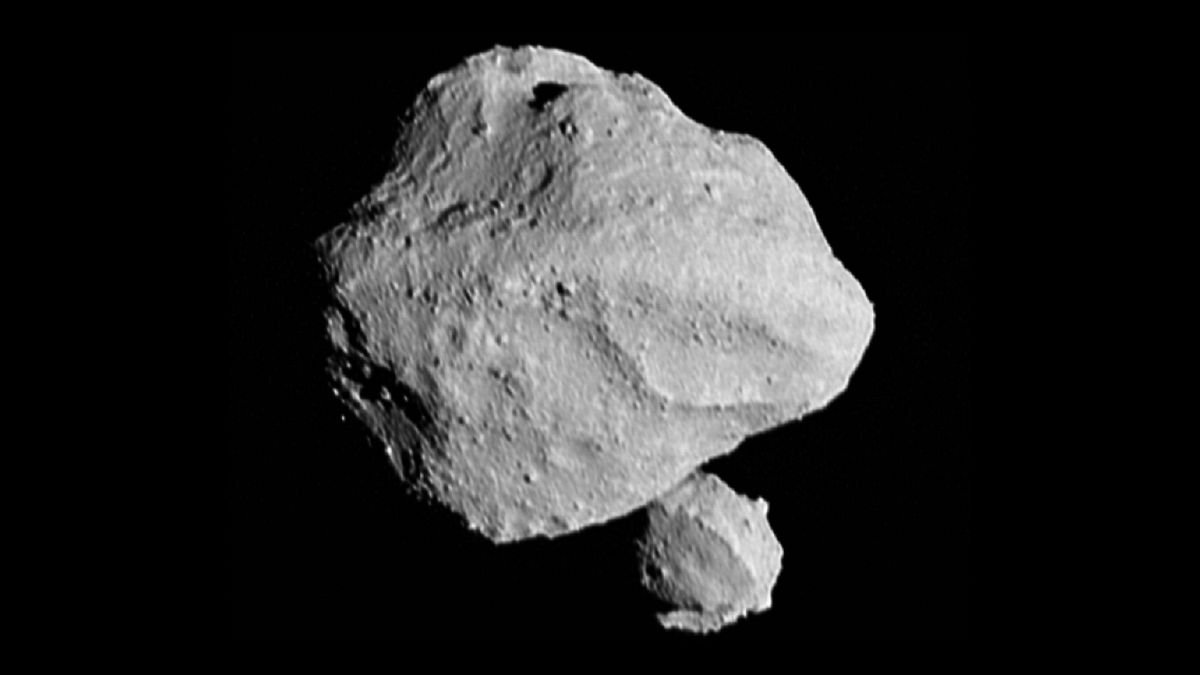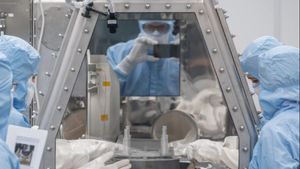JAKARTA – On November 1, the Lucy spacecraft passed Dinkinesh, a small rock in the main asteroid belt between Mars and Jupiter. Dinkinesh is the first asteroid that Lucy encounters.
While hurtling past Dinkinesh, Lucy apparently passed two asteroids at once, indicating that Dinkinesh is a binary system. This finding is good news for the United States Aeronautics and Space Administration (NASA).
Before Lucy met Dinkinesh, Lucy's team had questioned whether the asteroid was a binary system. The reason is, Lucy's instrument continues to see changing brightness.
As Lucy gets closer to Dinkinesh, the team begins analyzing the asteroid. The initial image shows the imagined asteroid, namely a rock 790 meters large.
However, when passing the first asteroid, Lucy discovered a smaller asteroid. This asteroid measures approximately 220 meters. This image is also an extraordinary discovery from Lucy's team.
اقرأ أيضا:
“The fact that it's two makes it even more interesting. "In some ways, this asteroid looks similar to the near-Earth asteroid binary Didymos and Dimorphos that DART saw, but there are some very interesting differences that we will investigate," said NASA Lucy Project Scientist Keith Noll.
For information, Lucy is a plane launched in 2021 to pass half a dozen Trojan asteroids, rocks that surround the sun in Jupiter's orbit.
Seeing this goal, Dinkinesh is indeed not part of Lucy's mission. However, this discovery proves that Lucy's terminal tracking system worked so well that it succeeded in photographing the Dinkinesh binary system.
The English, Chinese, Japanese, Arabic, and French versions are automatically generated by the AI. So there may still be inaccuracies in translating, please always see Indonesian as our main language. (system supported by DigitalSiber.id)














